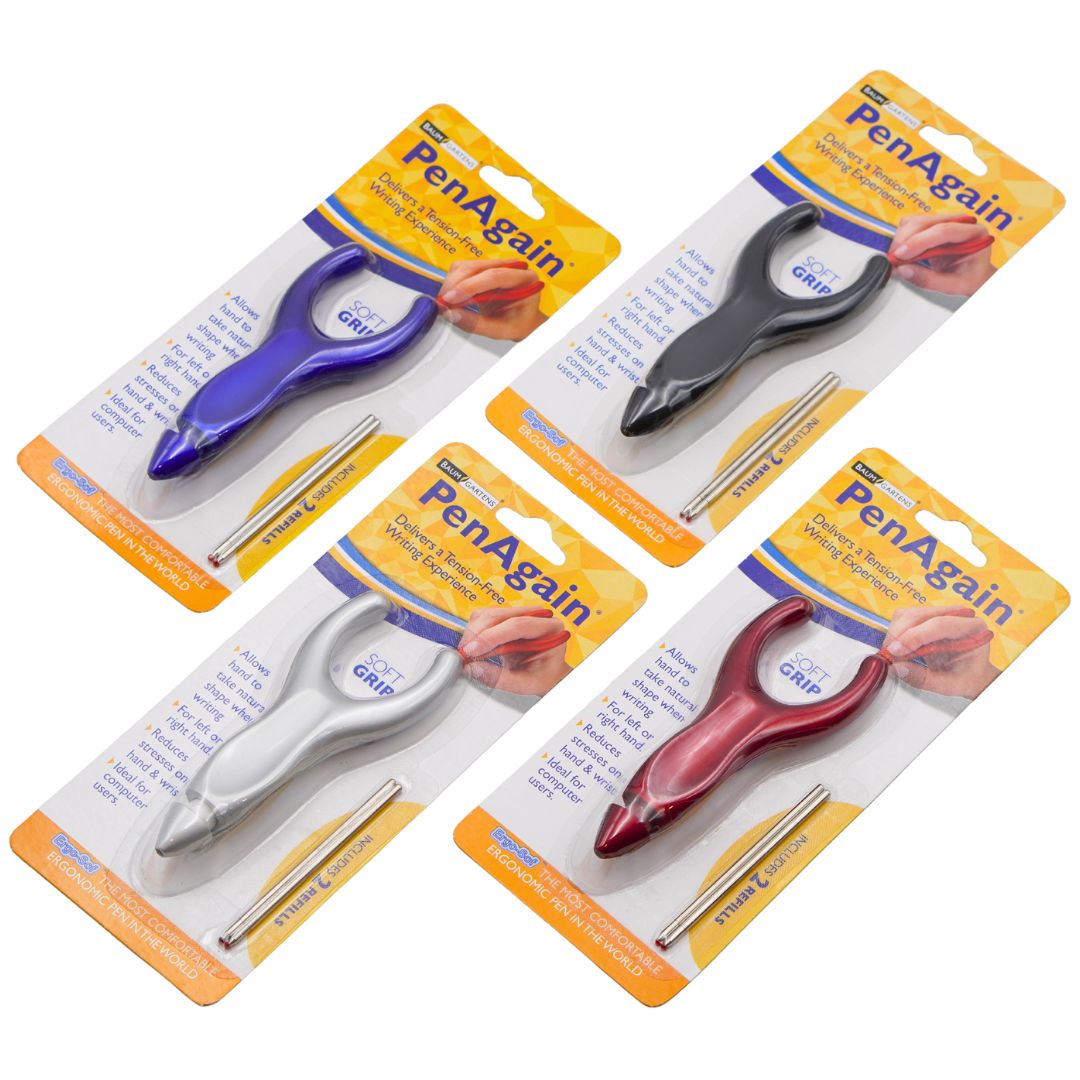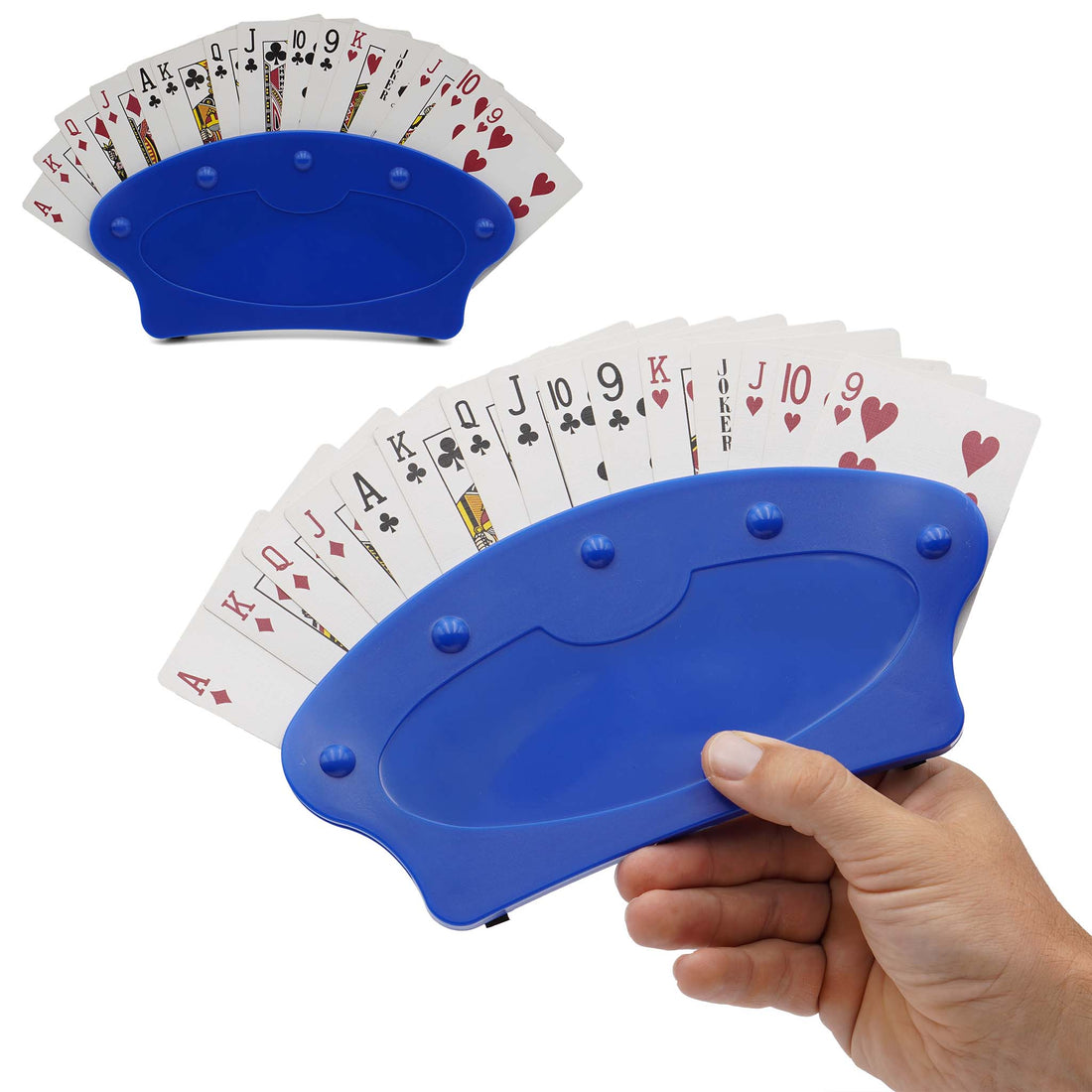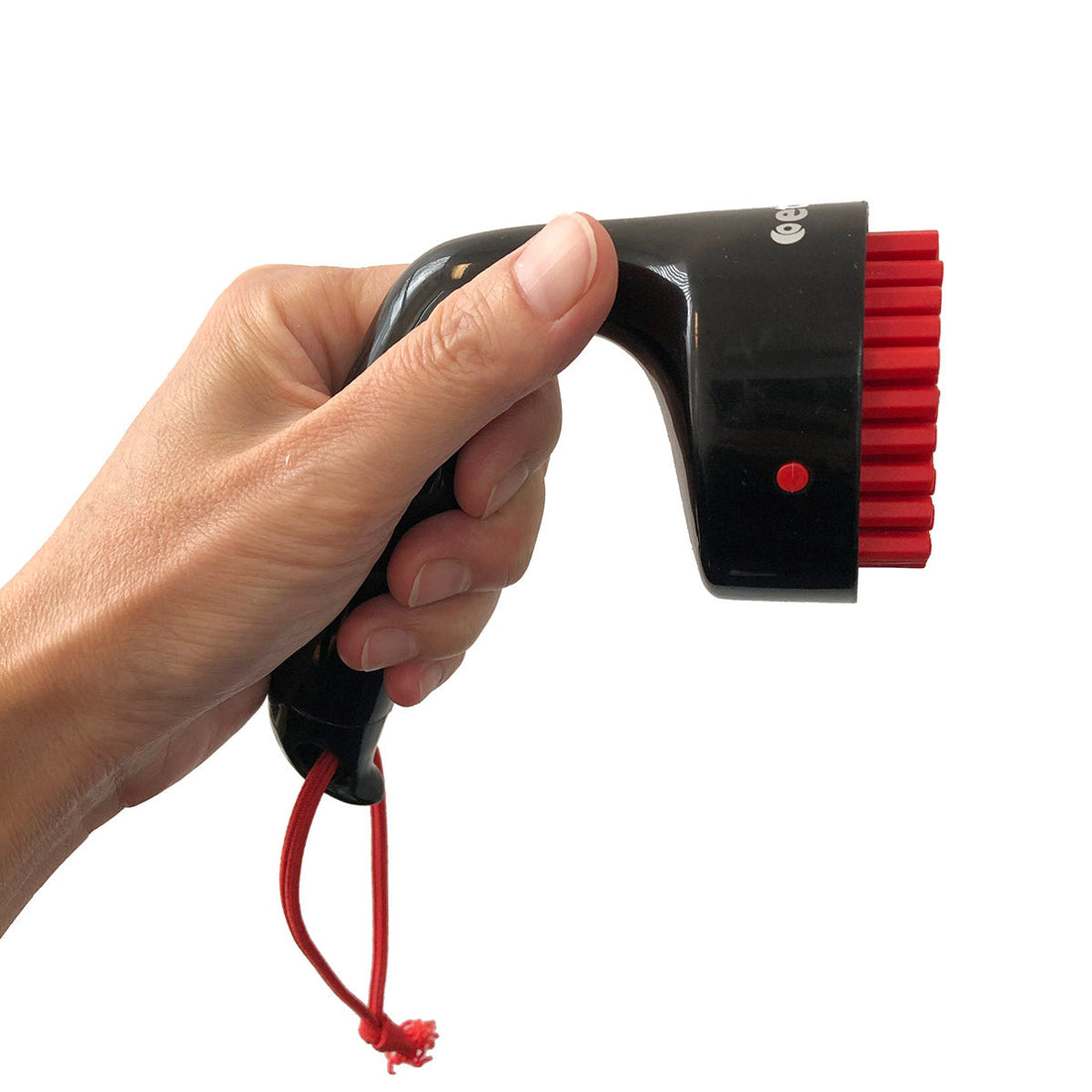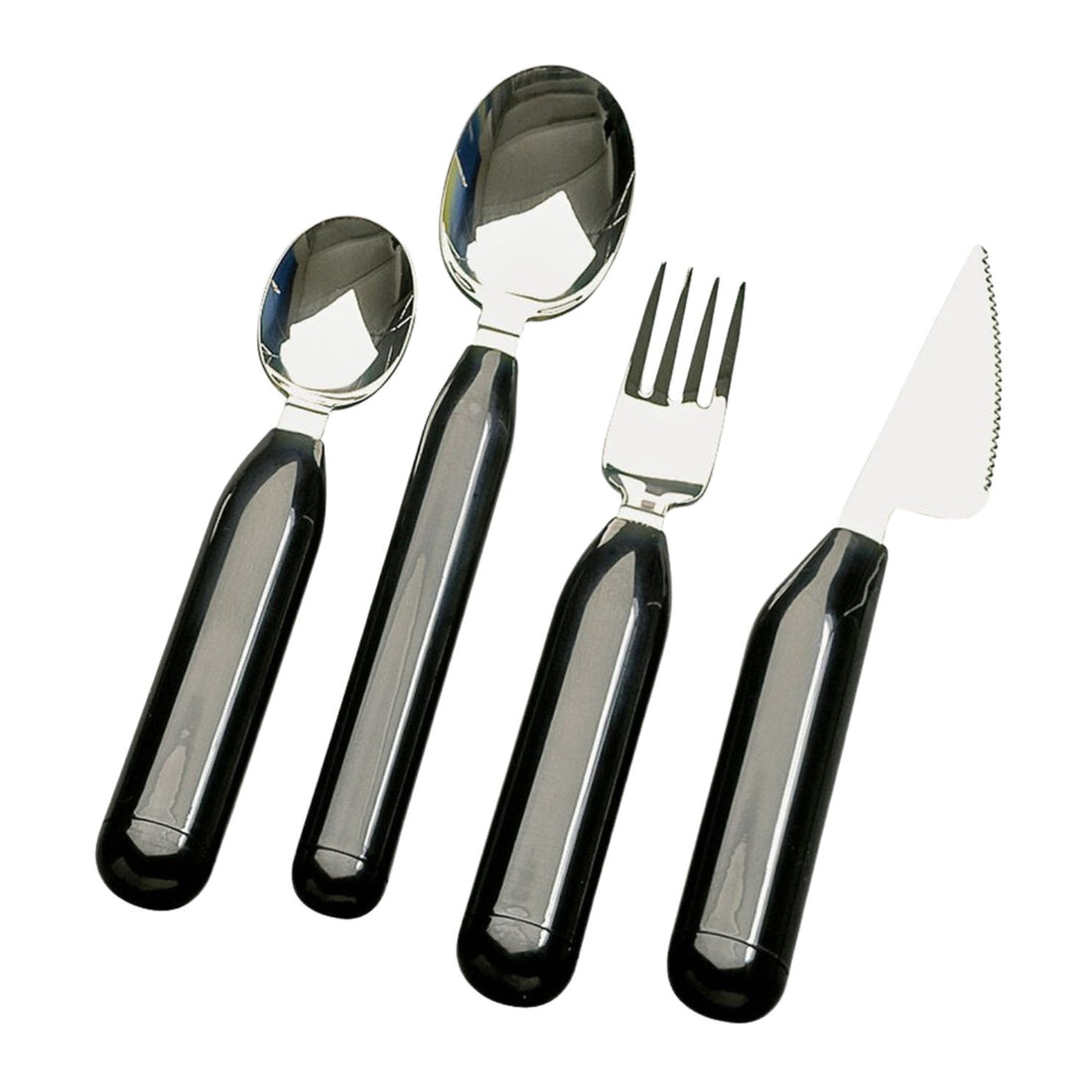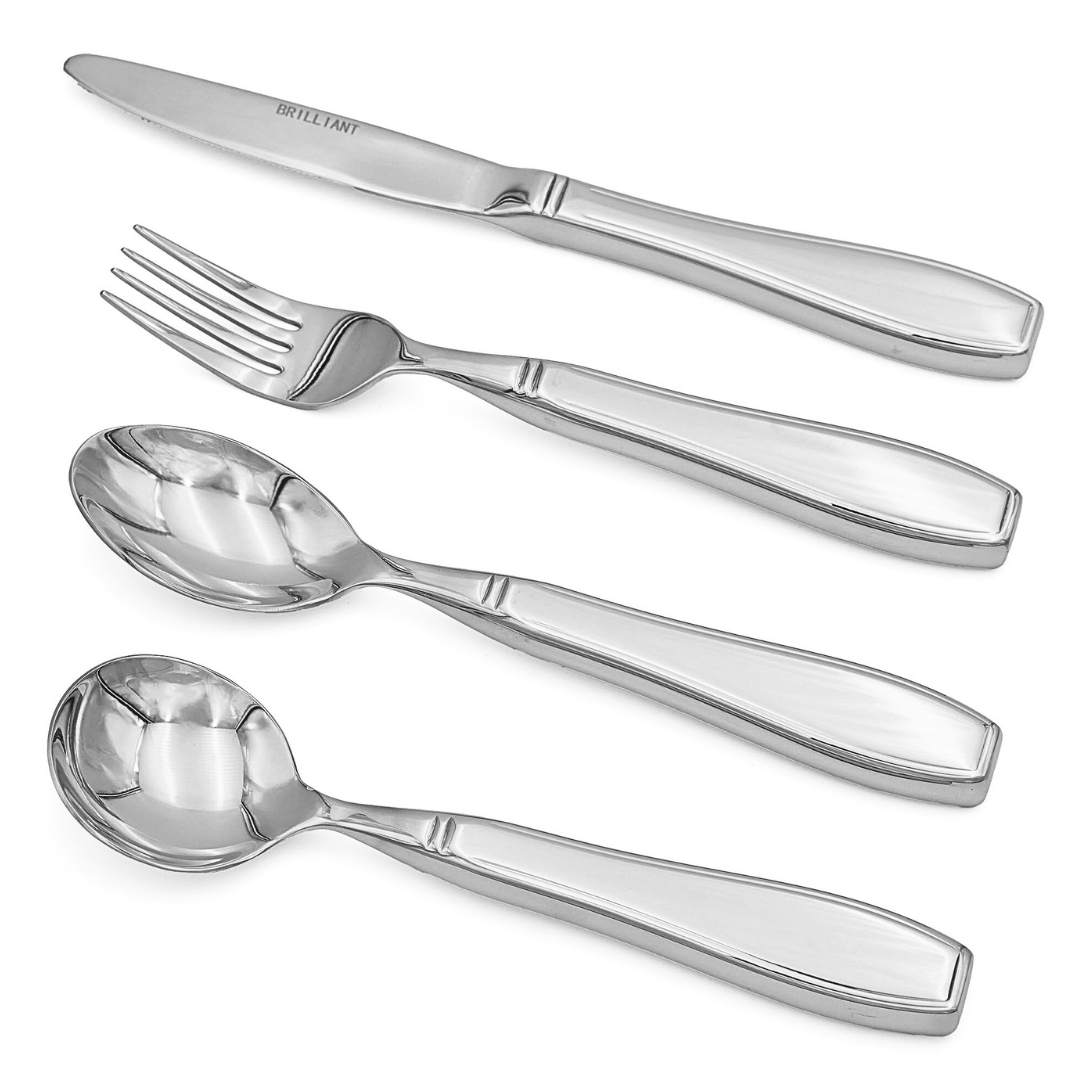Daily living aids are products that help us to maintain our confidence and independence when it comes to doing routine activities. There are many gadgets and tools for all our individual needs that can help us around the home and while out and about.
What are Daily Living Aids?Daily living aids are products or tools designed to assist individuals in performing various activities of daily living and improve independence, safety, and overall quality of life. Daily living aids are especially relevant for people with physical or cognitive limitations and are commonly used by people with disabilities, by older adults, or individuals recovering from injuries or surgeries. The purpose of daily living aids is to help individuals maintain or regain their ability to carry out essential tasks on their own. |
Here is a short list of examples of daily living aids that can support different activities and needs.
- Aids for eating and drinking - thick handled cutlery, raised edge and sloped plates, jar openers, easy hold mugs and lids
- Aids for bathing - bath boards, shower stools, long handled back scrubbers and lotion applicators, non-slip shower mats and bathroom mats, bathroom grab rails, shower foot rests
- Aids for toileting - portable bidets, toilet lights, toilet seat raisers, grab rails
- Aids for dressing and grooming - zipper pulls, long shoe horns, reacher grabbers, button aids, long-handled combs and brushes, sock donners
- Aids for gardening - garden seat and kneelers, kneeling pads, long reachers, mini duress alarms, vibrating door bells
- Aids for outdoor activities - outdoor rubber mats, long travel shoe horns, mini alarms, item locators, universal turners, car handy bars, travel bed rails
Choosing a daily living aid involves careful consideration to ensure that the aid meets the specific needs and preferences of the individual using it. Here are several factors to consider when selecting a daily living aid:
- Individual need: Understand the specific challenges and requirements of the person who will be using the aid. Consider physical ability, cognitive function, and any specific conditions or limitations.
- Type of Aid: Determine the primary function of the aid. Whether it's mobility support, assistance with personal care, or help in the kitchen, understanding the purpose helps narrow down options.
- Comfort and Fit: Ensure that the aid is the right size and can be adjusted to accommodate the individual's body size and preferences. Comfort is crucial for regular use.
- Ease of Use: Choose user-friendly aids with intuitive and easy-to-use features. Complicated or difficult-to-operate devices may become frustrating for the user.
- Durability and Quality: Consider the materials used in the construction of the aid. Look for durable and high-quality materials to ensure the longevity of the product. Check product reviews, customer support and warranties.
- Safety Features: Check for stability and reliability of the products. Non-slip surfaces and secure grips can enhance safety. When it comes to products that can result in injury if they fail, don't compromise on quality and purchase a reputable brand.
- Portability and Storage: If the aid needs to be transported or stored frequently, consider its weight, foldability, or the ease with which it can be disassembled.
- Maintenance Requirements: Understand the maintenance requirements of the aid and their suitability for the user to upkeep the product. Some aids may require regular cleaning, adjustments, or battery replacements.
- Consultation with Healthcare Professionals: If applicable, consult with healthcare professionals, therapists, or specialists who can provide guidance based on the individual's health and needs.
- Aesthetics: Although the appearance of a daily living aid may seem superficial, it can be an important consideration. Daily living aids that are discrete and/or blend in nicely with the home decor can help maintain dignity and improve self-confidence when they are needed.
Daily living aids can be used to support memory, mobility, hearing, vision, communication, personal hygiene, general independence, enhance safety and prevent injury. These tools and gadgets support us to live more independently and participate actively in society.
Daily living aids can also be categorised according to condition. For example, the list below outlines daily living aids that support people to enjoy independence with health conditions such as arthritis or dementia.
To give you an overview of the different types of practical products and aids available to support independence in the home and while out and about, we've included our daily living aids for individuals with arthritis:




